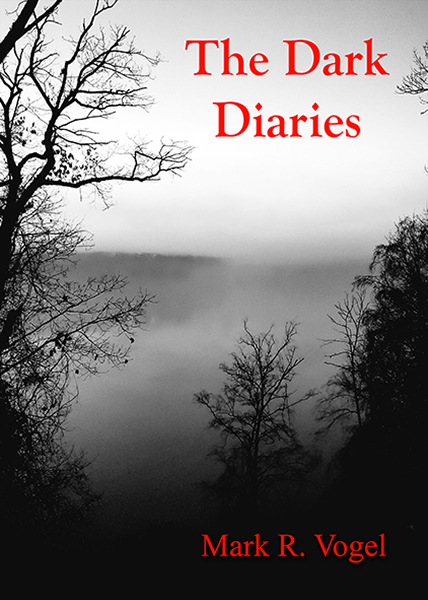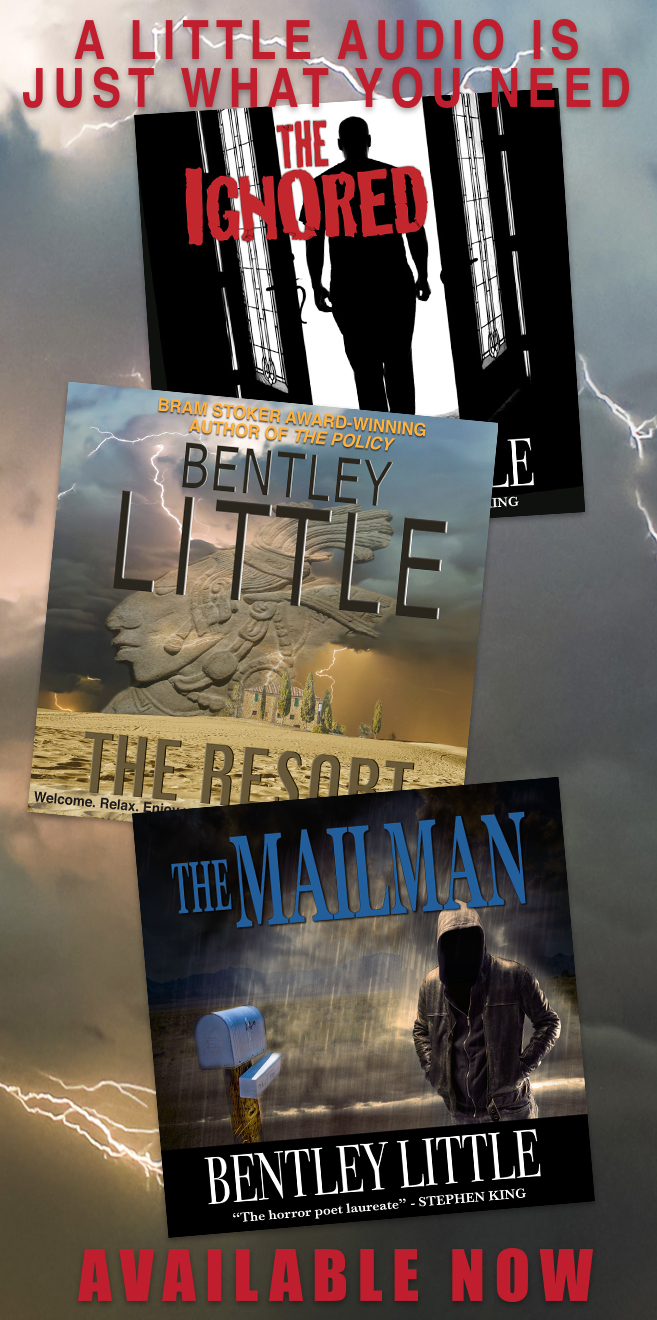Lamberto Bava’s Demons, an apocalyptic postmodern horror epic, unapologetically severs the barrier between screen and audience with ample glee and reckless abandon. Though not flawless, the adrenaline-inducing pace and the graphic gore suspend the viewers’ disbelief as a claustrophobic tale of demon infestation relentlessly unfolds on the screen.
Demons opens with Cheryl (Natasha Hovey) riding in a Berlin subway. As she exits, she is met by a man (assistant director Michele Soavi, who would later direct Cemetery Man), who hands her a flyer announcing the opening of a local theater called The Metropol. Unsure, Cheryl convinces her friend, Kathy (Paola Cozzo) to accompany her to the event. They enter the theater, presumably as part of an exclusive preview audience, and are met with a motorcycle in the lobby. A pimp named Tony (Bobby Rhodes) appears with one of his ladies, Rosemary (Geretta Geretta), as the latter plays with the set piece, removing a mask propped on the motorcycle. She pricks herself as she takes the mask off as the audience begins to filter into the theater. We, as well as the onscreen audience, watch the film, which is based around the discovery of Nostradamus’s tomb. Synchronicity begins when the reel time protagonist, Jerry (Michele Soavi again), discovers a mask and tries it on before being informed that whomever wears the mask becomes a demon. Meanwhile, back in real time, Rosemary’s wound, now oozing green puss, begins to become infected as her demonic metamorphosis begins. Once transformed, Rosemary proceeds to contaminate other theater patrons while people attempt to flee only to discover that the exits to the Metropol have been blockaded. Chaos ensues as everyone vies for survival as the existential threat of infestation spreads throughout the theater.
The screenwriting team Dario Argento (Deep Red, Opera, Suspiria, Tenebre, Inferno), Lamberto Bava (son of famed Italian director Mario, who created such titles as Blood and Black Lace; Black Sunday; I, Vampiri), Franco Ferrini (Once Upon a Time in America, Opera, Phenomena, The Stendhal Syndrome), and Dardano Sacchetti (The Beyond, Zombi 2) present a hyperreal postmodern horror film with Demons. As with most of Woody Allen’s later work (The Purple Rose of Cairo and Deconstructing Harry), Demons is self-reflective. I can only imagine what the theatrical experience was like in that Bava’s film breaches the barrier of cinematic safety by showing that what is occurring on the Metropol’s screen has the potential (and does) effect the onscreen audience which is likewise sitting in a theater (as was the actual viewer at the time of Demons’s release). The anxiety of the original audience, upon leaving as the sight of the exit grew closer, must has been overbearing for some. Of course, much is lost when watching the film today on video in the sanctity of one’s own home (yet Demons 2 remedies that). However, for the active viewer, the work is one of the most frightening experiences in all of horror.
In typical Italian form, Bava, like Argento, is more concerned with style than plot. Yes, there are several glaring plot holes within the work and the ending is implausibly convenient yet this misses the psychological point. I would argue that once the philosophic realism has been established as we watch the echo from the actions onscreen parallel those on the film-within-a-film, rationale and logic become idealistic afterthoughts. Masterfully, Bava and Argento have the mind to distract the viewer from the numerous non sequiturs by maintaining a break-neck pace throughout. Also, famed special effects and makeup artist Rosario Prestopino (Opera, Zombi 2, City of the Living Dead, Burial Ground) douses the screen with gut-wrenching gore as throats are torn, anguishing transformations occur, and rivers of blood are spilt as the contamination spreads.
Few would argue that Demons could have been better written, edited, and photographed, thus making the impact of the film that much more intense, yet–considering the level at which the film is attempts to operate and the time in which it was made–Demons stands as a monumental effort in cinematic terror.
Other thematically similar postmodern horror kindred include Andrea Bianchi’s Massacre, Giuliano Montaldo’s Cicuito Chiuso, William Castle’s The Tingler, Wes Craven’s New Nightmare, John Carpenter’s In the Mouth of Madness, Julian Richards’s The Last Horror Movie, Mark Herrier’s Popcorn, and Bigas Luna’s Anguish.
Conversation piece: At one point, Vincent Price was slated to perform in Demons.
-Egregious Gurnow
- Interview with J.R. Bookwalter - January 22, 2015
- Interview with Andrew J. Rausch - January 22, 2015
- Interview with Rick Popko and Dan West - January 22, 2015
- Interview with Director Stevan Mena (Malevolence) - January 22, 2015
- Interview with Screenwriter Jeffery Reddick (Day of the Dead 2007) - January 22, 2015
- Teleconference interview with Mick Garris (Masters of Horror) - January 22, 2015
- A Day at the Morgue with Corri English (Unrest) - January 22, 2015
- Interview with Writer/Director Nacho Cerda (The Abandoned, Aftermath) - January 22, 2015
- Interview with Actress Thora Birch (Dark Corners, The Hole, American Beauty) - January 22, 2015
- Interview with Actor Jason Behr, Plus Skinwalkers Press Coverage - January 22, 2015


